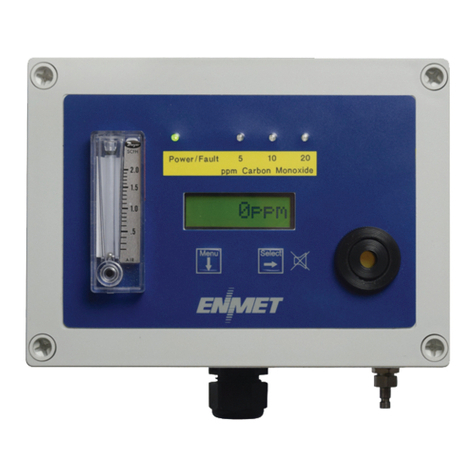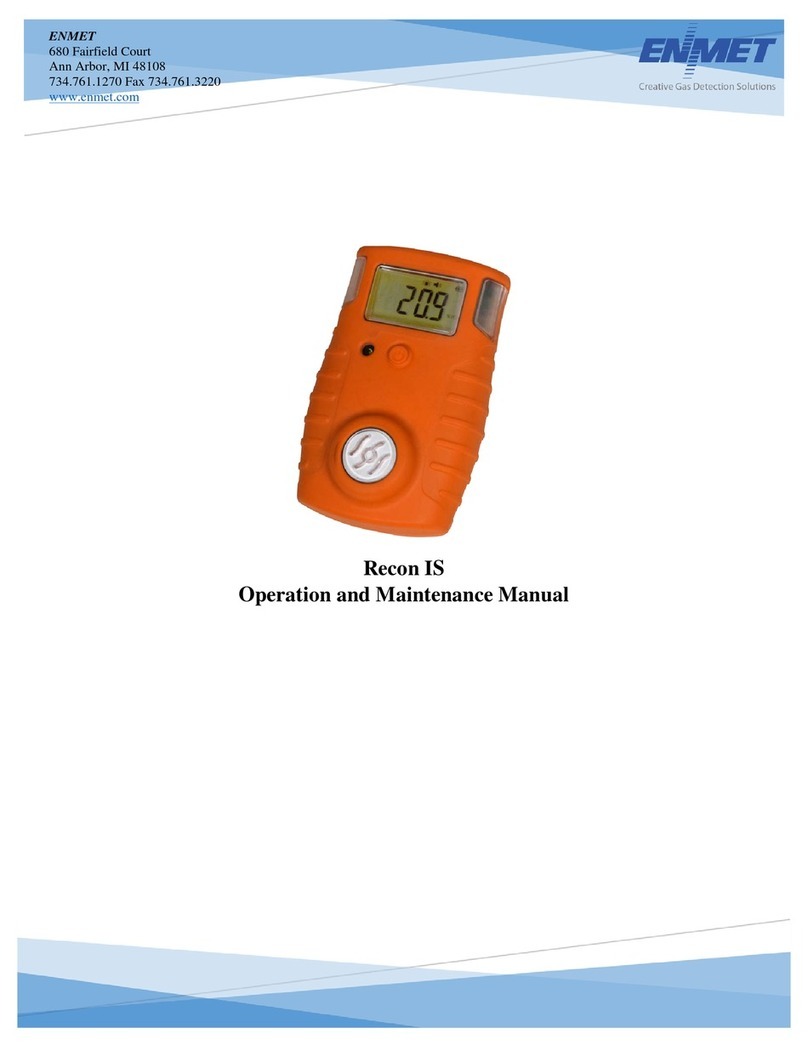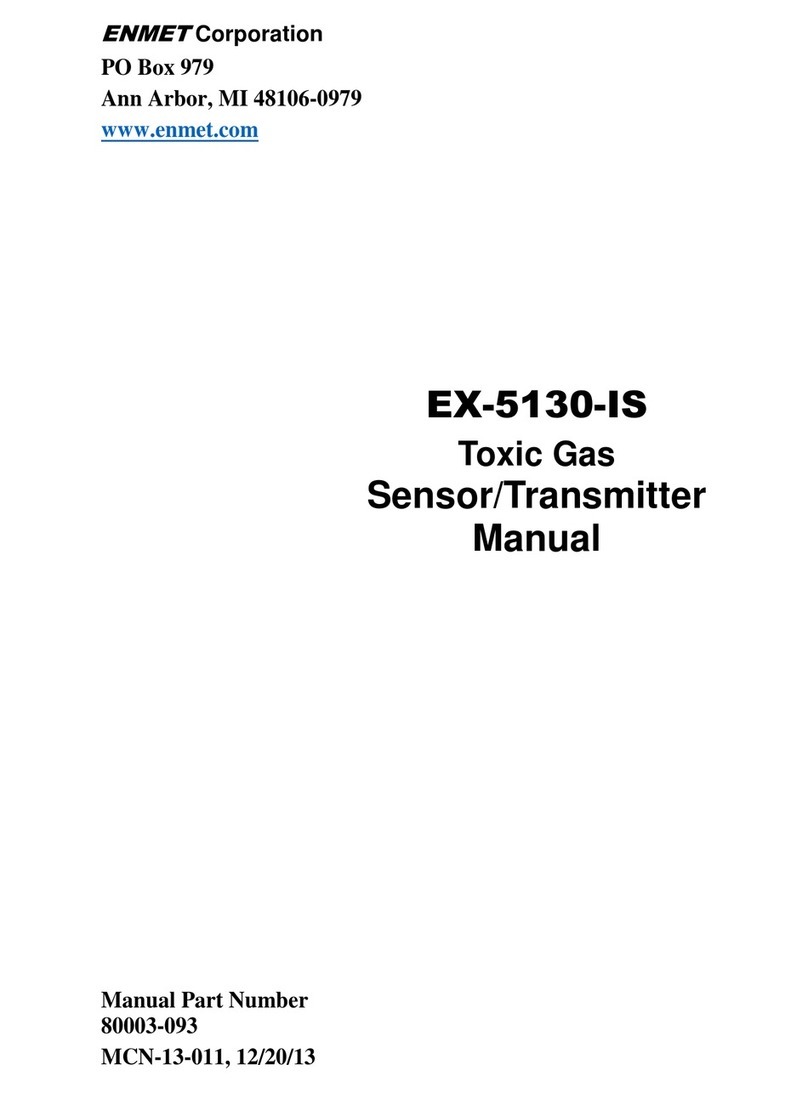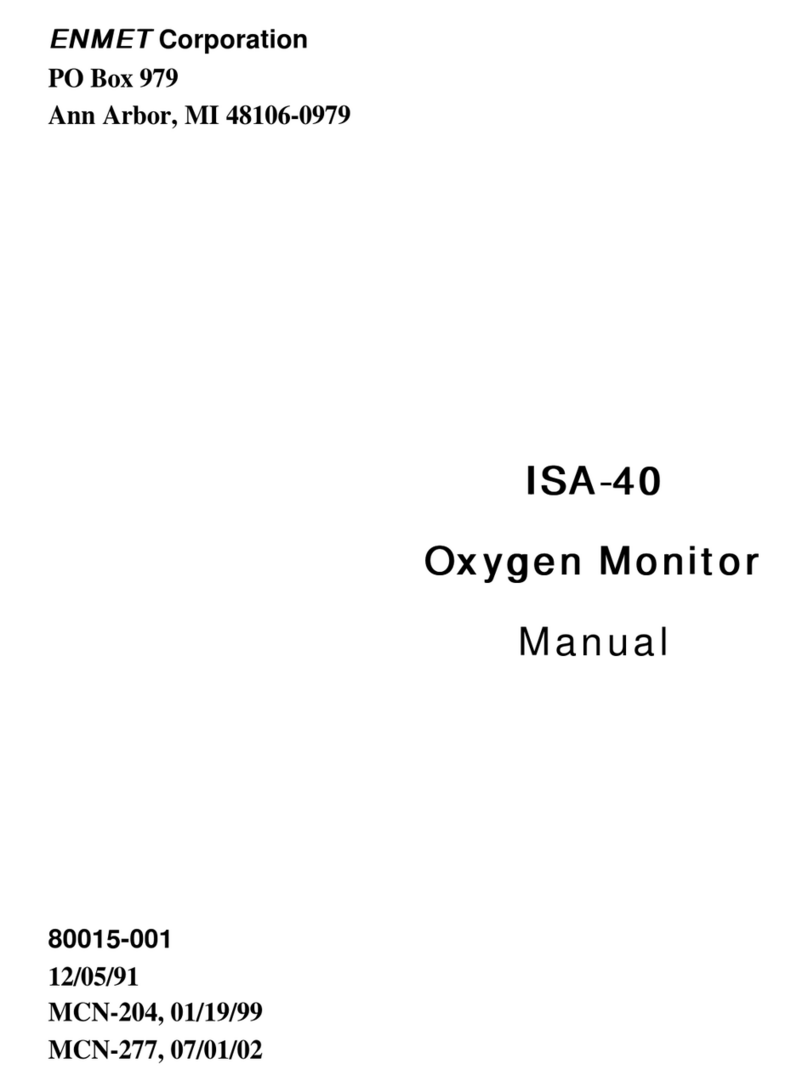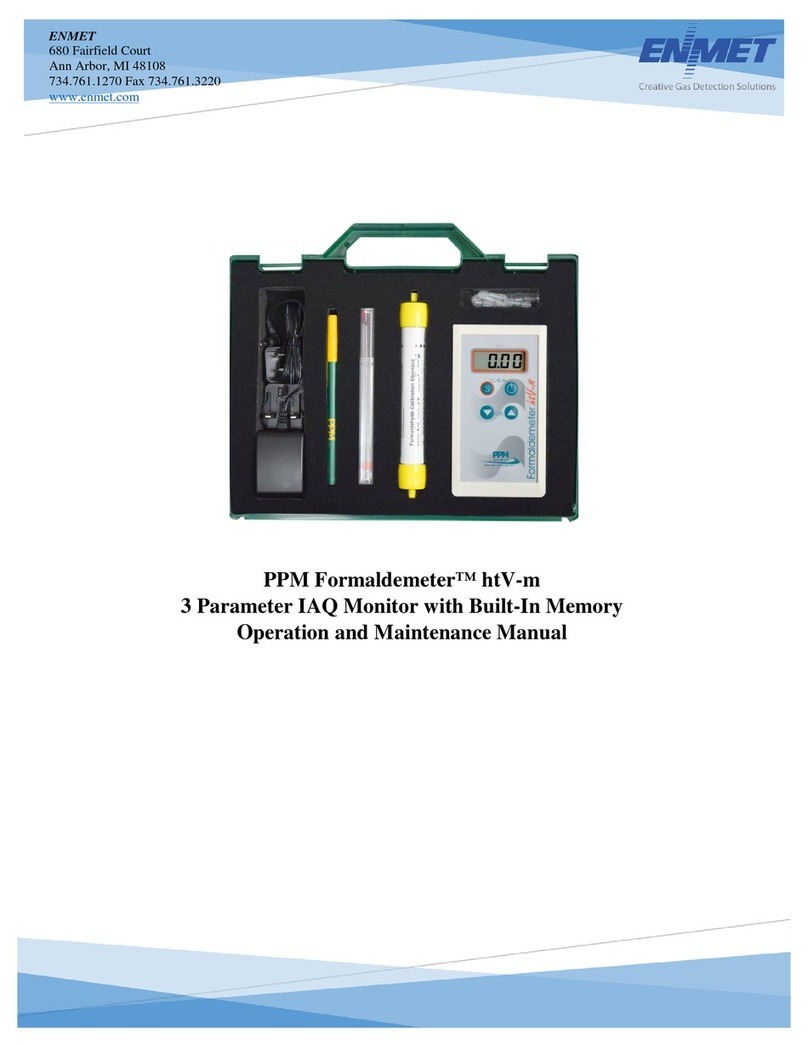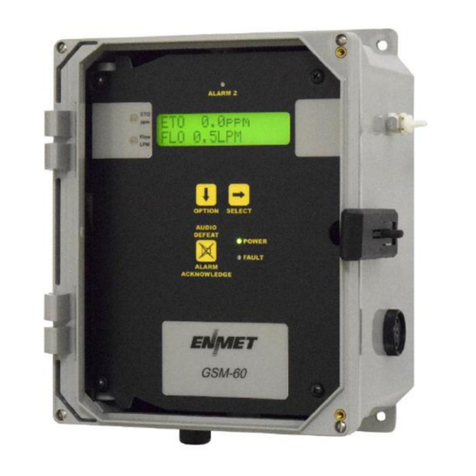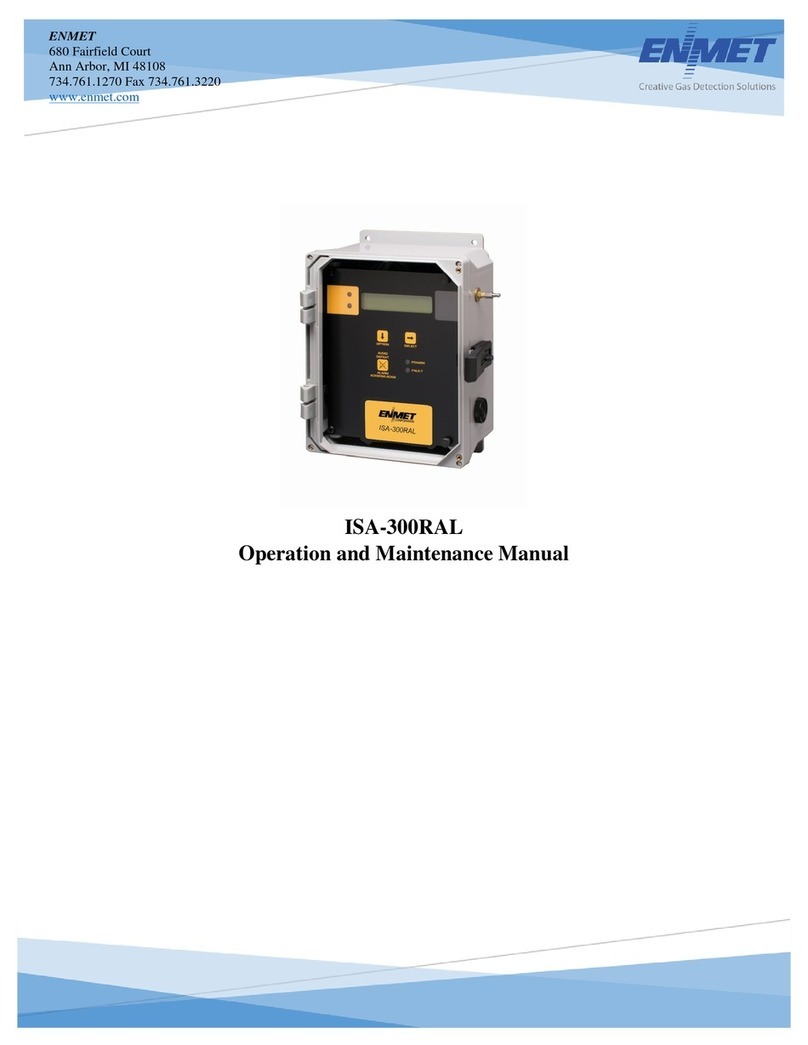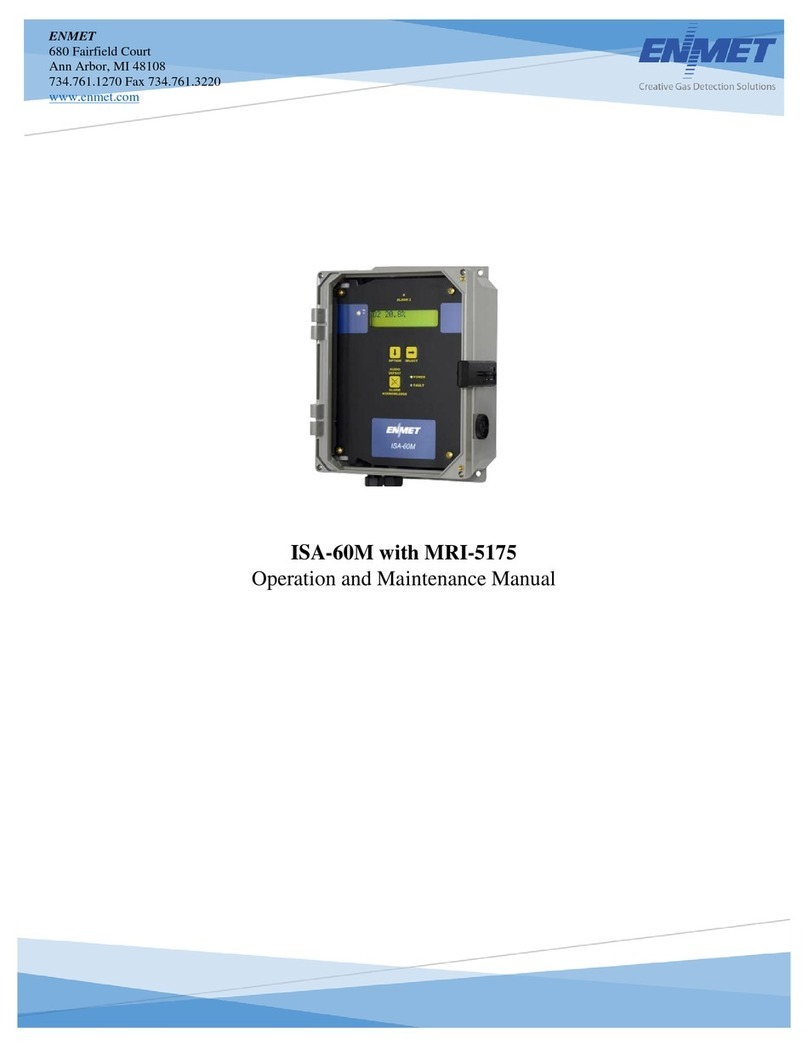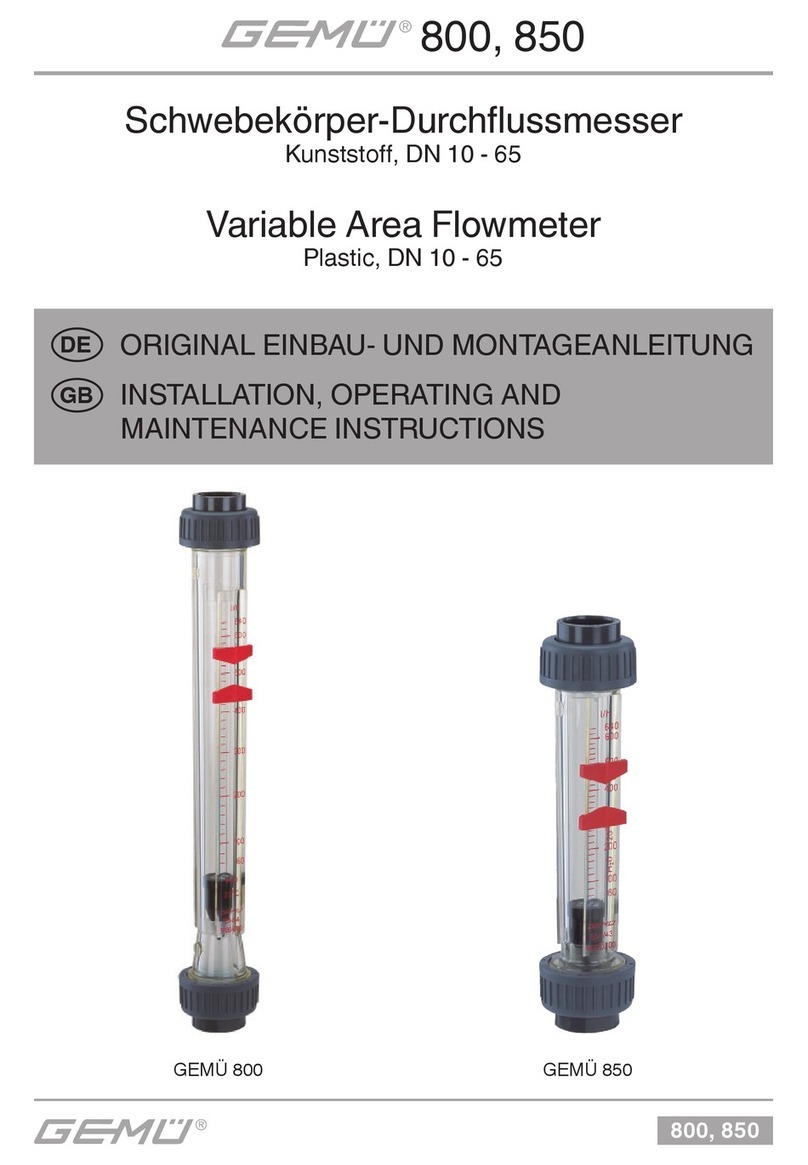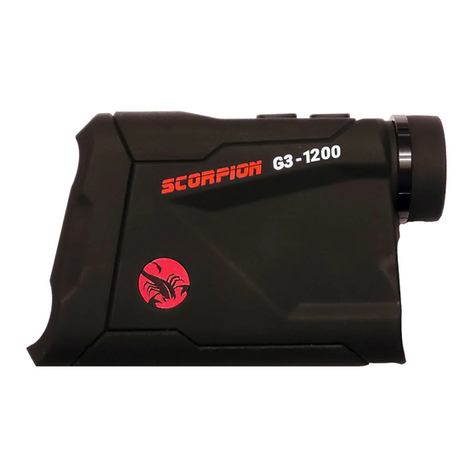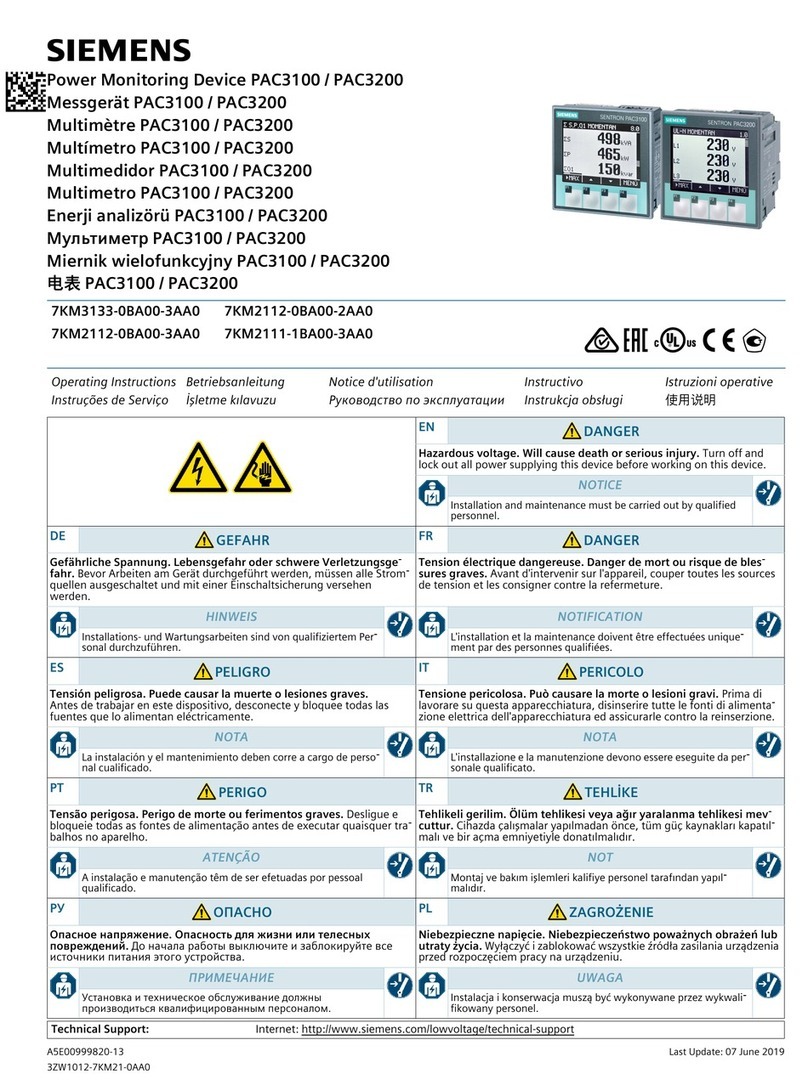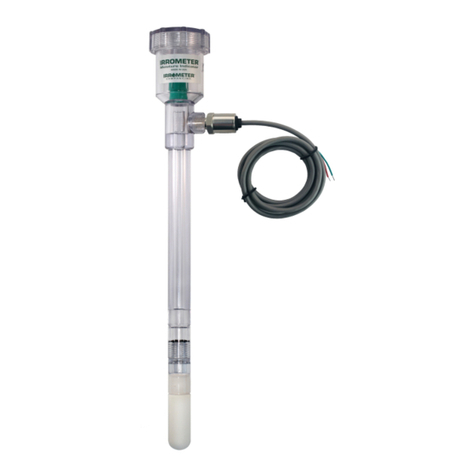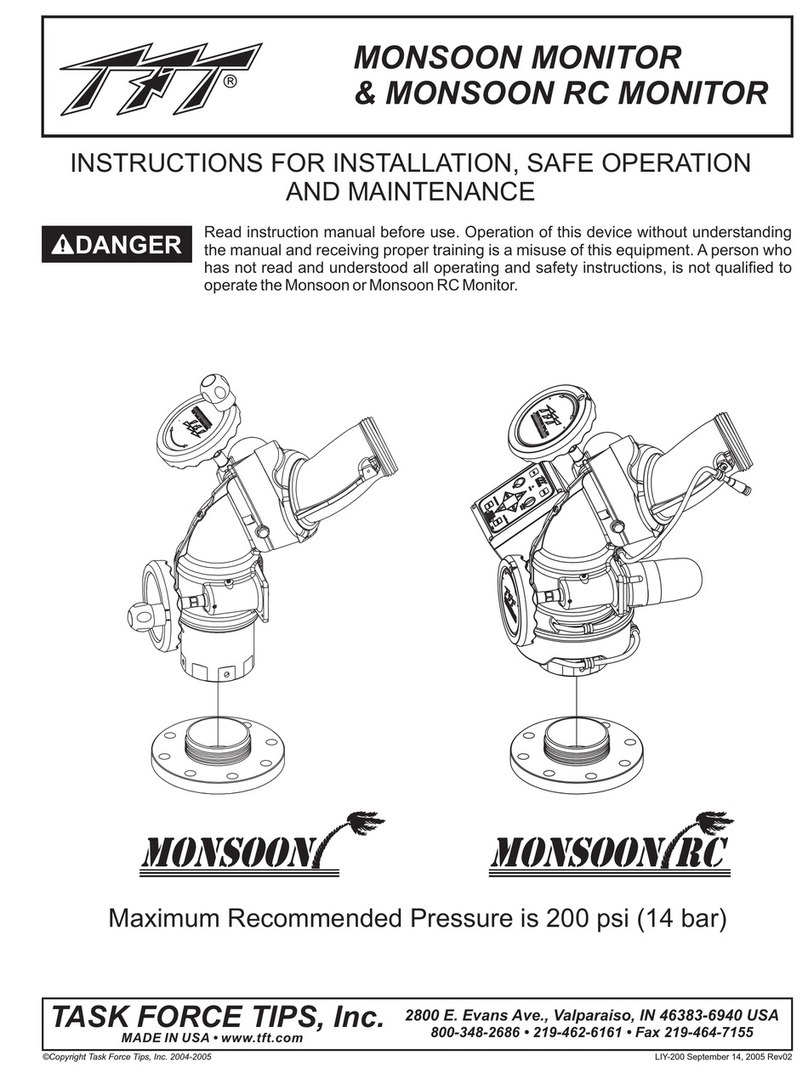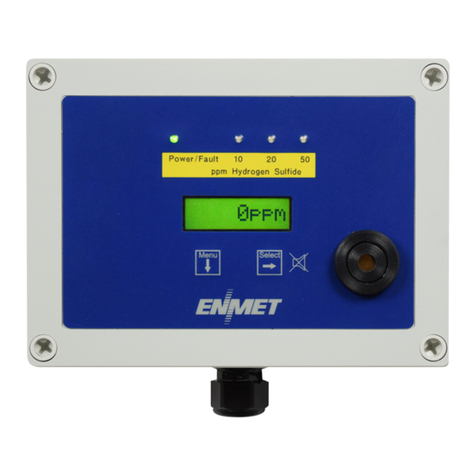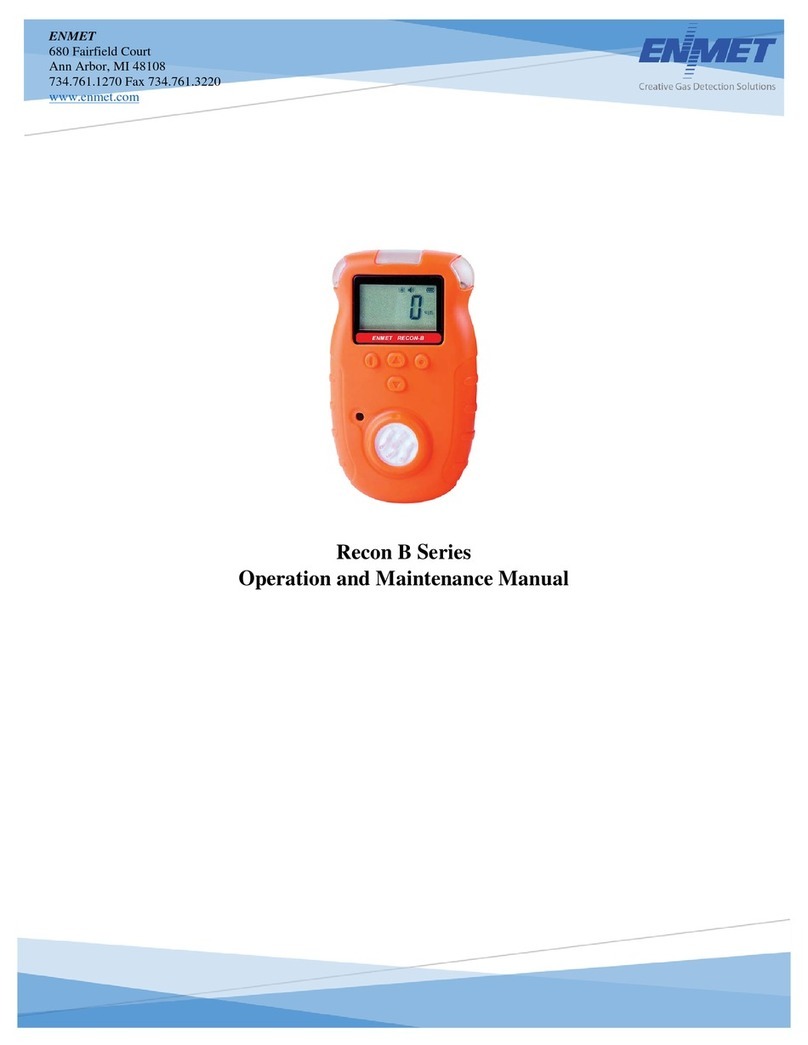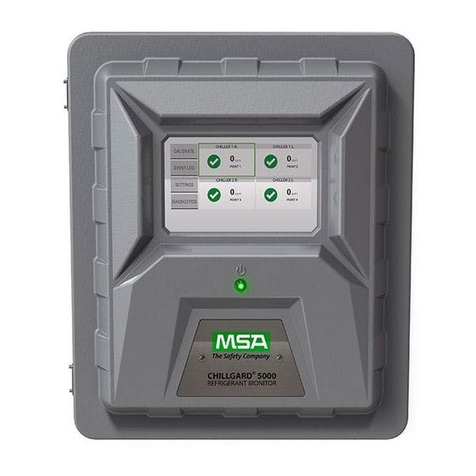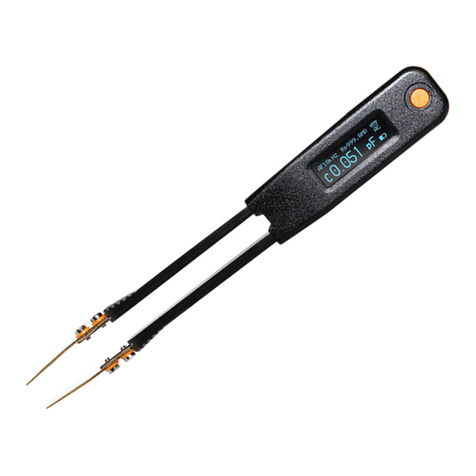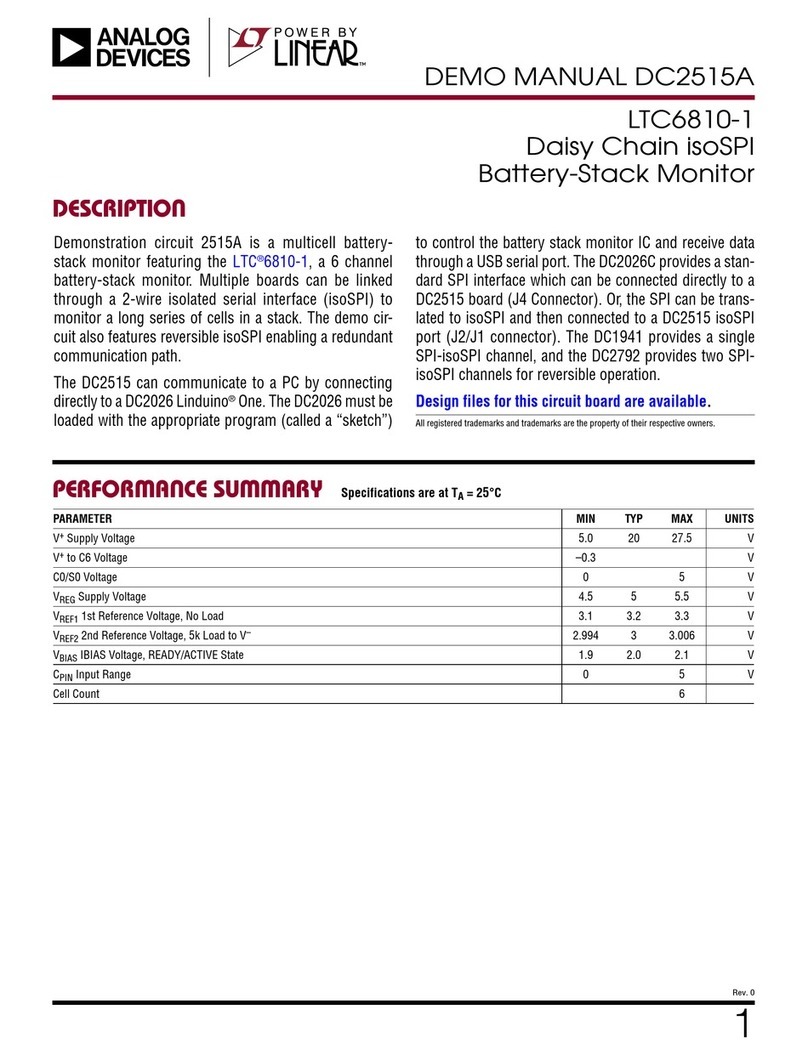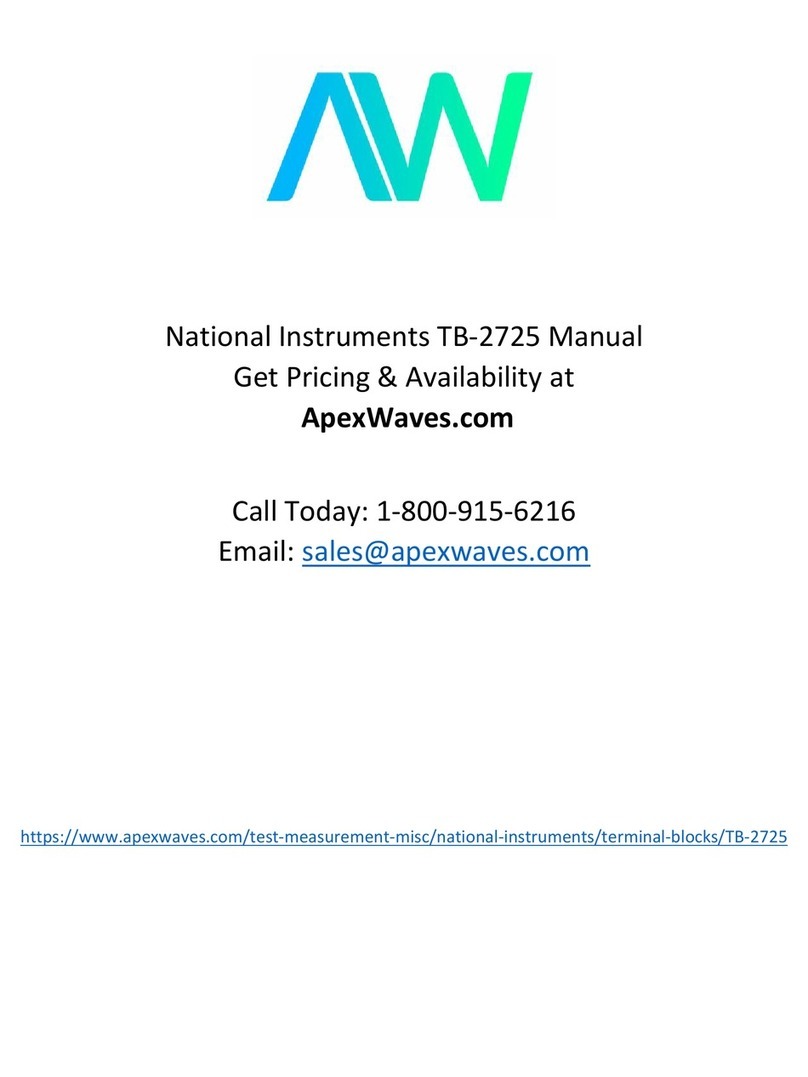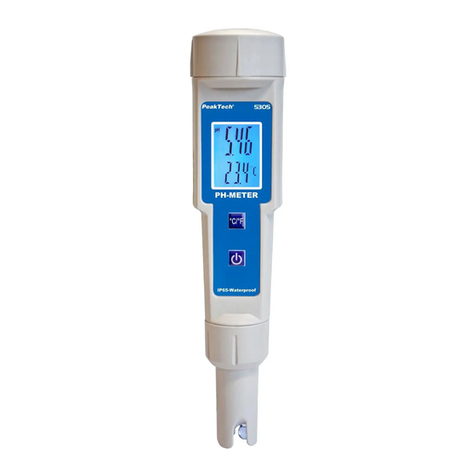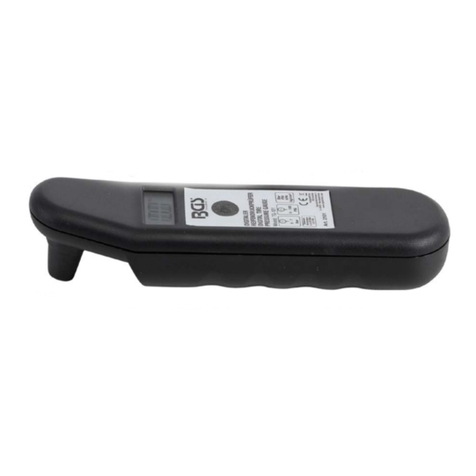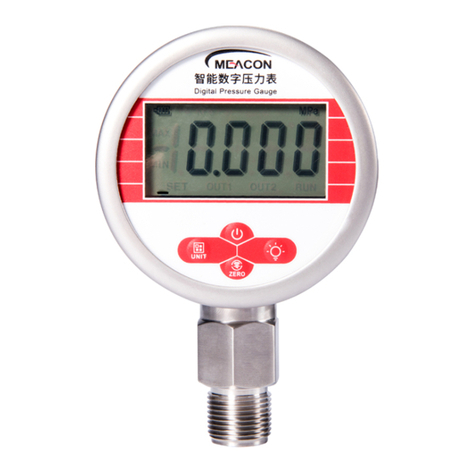
Table of Contents
1.0 INTRODUCTION................................................................................................................................1
1.1 Unpack................................................................................................................................................................................1
1.2 Check Order.......................................................................................................................................................................1
1.3 Serial Numbers ..................................................................................................................................................................1
1.4 Read Manual......................................................................................................................................................................1
2.0 FEATURES IF THE ISA – M................................................................................................................2
2.1 External Feature of the ISA – M.....................................................................................................................................2
2.2 Internal Features of the ISA – M ....................................................................................................................................3
4.0 INSTALLATION ................................................................................................................................4
4.1 Mounting and Power Hook-up........................................................................................................................................4
4.2 Sensor Location.................................................................................................................................................................5
4.3 Sensor Hook-up.................................................................................................................................................................6
4.4 Sensor Heater Voltage......................................................................................................................................................7
5.0 OPERATION....................................................................................................................................8
5.1 Warm – Up .........................................................................................................................................................................8
5.2 Precautions.........................................................................................................................................................................8
5.3 Rough Test.........................................................................................................................................................................8
6.0 ROUTINE GAS TEST AND RECALIBRATION...........................................................................................9
6.1 Test......................................................................................................................................................................................9
6.2 To Recalibrate..................................................................................................................................................................10
7.0 MAINTENANCE..............................................................................................................................11
4.1 Basic Troubleshooting...................................................................................................................................................11
7.2 Sensor Replacement........................................................................................................................................................11
7.3 Replacement Part Numbers...........................................................................................................................................12
8.0 SPECIFICATIONS ...........................................................................................................................12
8.1 Options and Variations...................................................................................................................................................12
9.0 WARRANTY...............................................................................................................................13
9.1 Repair of Certain Units ..................................................................................................................................................13
List of Figures and Tables
FIGURE 1: EXTERNAL FEATURES OF THE ISA – M.....................................................................................2
FIGURE 2: INTERNAL FEATURES OF THE ISA – M......................................................................................3
FIGURE 3: MOUNTING DIMENSIONS OF THE ISA – M..................................................................................4
TABLE 1: HEAVIER THAN AIR..................................................................................................................5
TABLE 2: LIGHTER THAN AIR..................................................................................................................5
TABLE 3: SAME DENSITY AS AIR.............................................................................................................5
FIGURE 4: INTERNAL VIEW OF SENSOR WIRING.........................................................................................6
TABLE 4: RECOMMENDED WIRE GAUGE...................................................................................................6
FIGURE 5: EXPOSING A SENSOR TO TEST OR CALIBRATION GAS .................................................................9
TABLE 5: APPROXIMATE ALARM TIME...................................................................................................10
Reference information:
NOTE:[important information about use of instrument – if not followed may have to redo some steps.]
CAUTION:[affects equipment – if not followed may cause damage to instrument, sensor etc…]
WARNING:[affects personnel safety – if not followed may cause bodily injury or death.]















